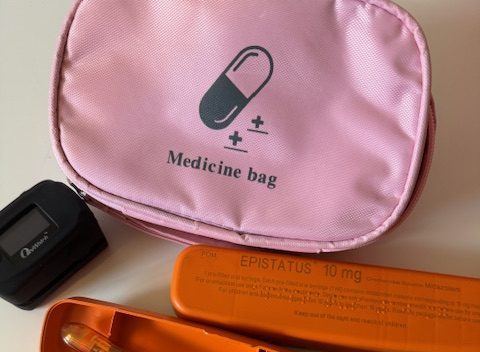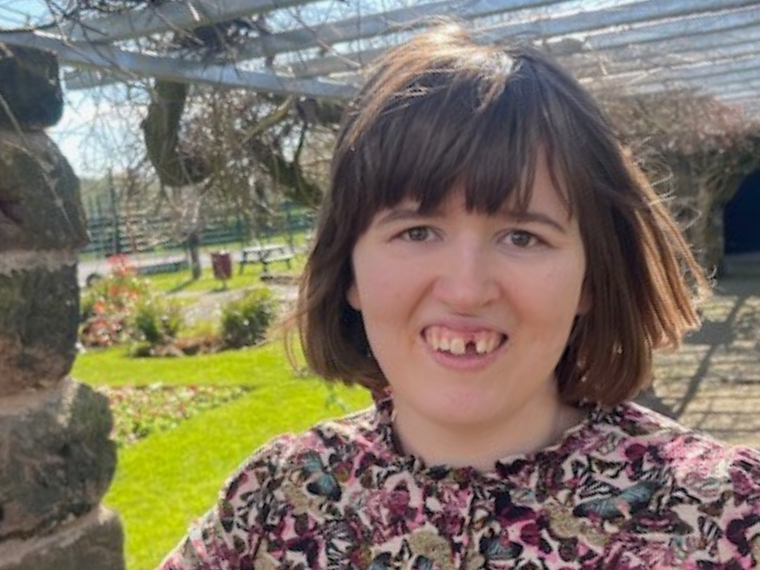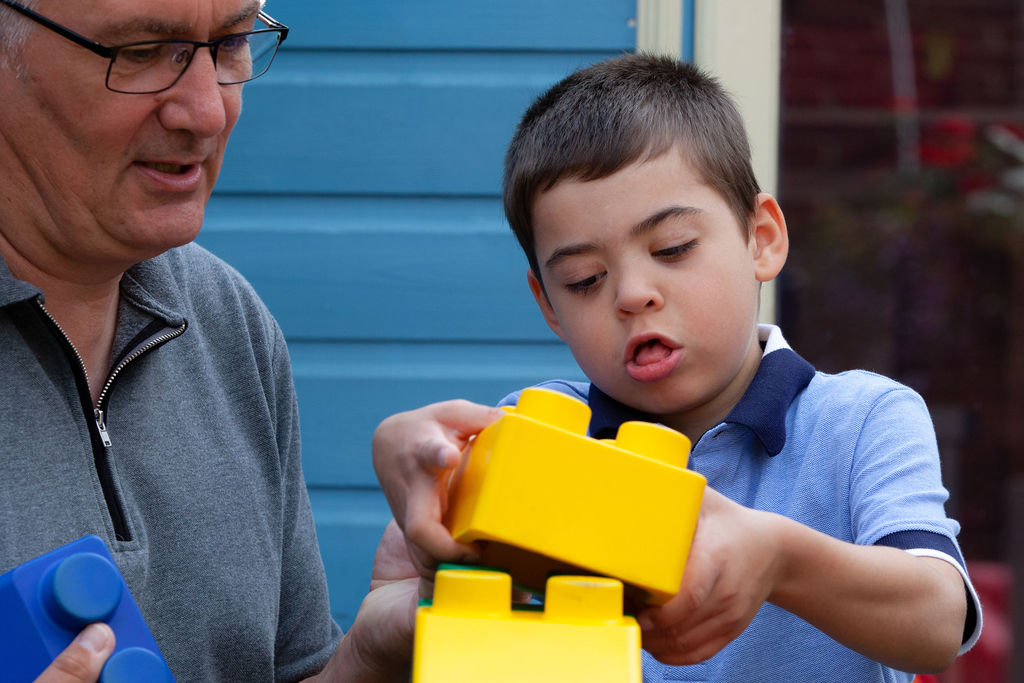
Guide: Emergency Medication and Protocols
Find out more about emergency protocols, practicalities of using rescue medications, initial emergency treatment in hospital and ventilation, in this short downloadable guide.
As Dravet Syndrome is rare, not all medical professionals will immediately recognise it and know how it should be treated. This is why it is essential that you have emergency protocols that are readily available and accessible. They can make treating someone in an emergency a lot easier.
Emergency protocols will make sure the same procedures are followed, wherever you are. To create them, families need to work proactively with their medical team, normally a doctor and epilepsy nurse specialist.
This includes details about:
For more information on why emergency protocols are needed, and what information should be on them, watch our series of videos with Professor Rima Nabbout, a paediatric neurologist and leading expert in Dravet Syndrome.
This should include medications that can be used on the way to the hospital and information about what should happen when someone gets there.
Families and carers need to work with their local consultant to write the protocol and they will liaise with your local ambulance service.
This is for times when a family member or carer knows something is not right with the person living with Dravet Syndrome. They can’t quite put their finger on it, but know that the person with the condition needs to be checked in to hospital urgently.
This protocol includes:
They should:
It’s a good idea to keep them:

Find out more about emergency protocols, practicalities of using rescue medications, initial emergency treatment in hospital and ventilation, in this short downloadable guide.

Find out about medicine given in an emergency to relieve symptoms quickly and when this might be needed.

Discover what medications are used to treat Dravet Syndrome and those that should be avoided.